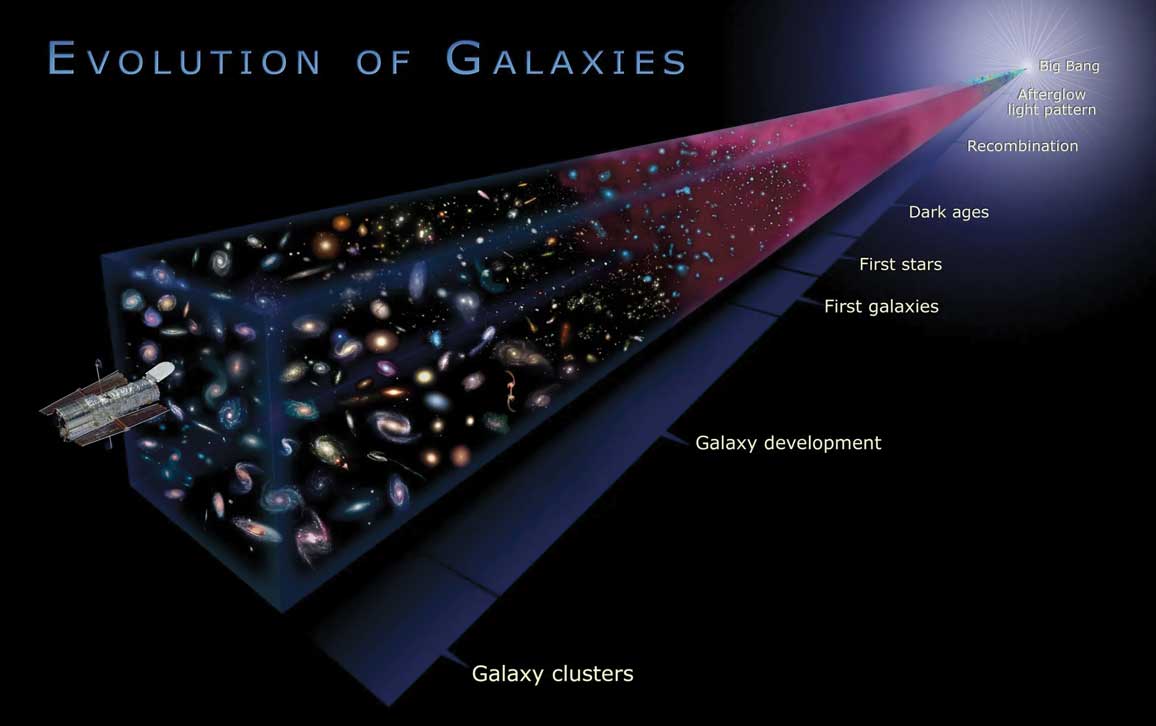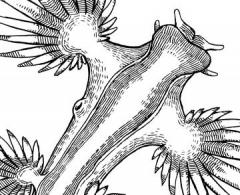
This Article From Issue
November-December 2024
Volume 112, Number 6
Page 375
ACCIDENTAL ASTRONOMY: How Random Discoveries Shape the Science of Space. Chris Lintott. 320 pp. Basic Books, 2024. $30.00.
I am a runner. A road runner, to be specific, versus a trail runner. I prefer the steady path of a road, solid under my feet. Trail running is less predictable, riskier, and you have to be ready for surprises like overflowing streams, sudden hills, and “friendly” wildlife. It’s easier to sprint on a road, to achieve the contrast between lungs exploding versus at rest. Then again, trail running can take you farther into nature, deeper into the unknown, and closer to your own thoughts.
Growing up, I imagined science was a lot like road running: picking out a research problem and plotting out a path to the result. But as Chris Lintott describes in Accidental Astronomy: How Random Discoveries Shape the Science of Space, science—and specifically astronomy—is often a lot closer to running on a trail: Even with preparation and concentration, you must still stumble your way through and are always on the lookout for surprises, to some extent at the mercy of luck. Your reward is being graced by glimpses of and whispers from the universe: something unfathomably vast, yet still contained within ourselves.

NASA
Lintott’s book definitely delivers on its title, nimbly narrating the stories of some of astronomy’s most prominent examples of people stumbling upon something wondrous and profound. Each chapter centers on an accidental discovery, starting with an anecdote or interesting piece of background information to help the reader understand the significance of the finding, discussing the details of how the measurement or observation was made, and ending by placing the discovery in the broader context of modern astronomy.
For example, soon after the identification of the unusual comet Shoemaker-Levy 9—a string of “cometlets” instead of the typical solid nucleus with an evaporating tail—scientists made the surprising discovery that it was on a crash course with Jupiter. Shoemaker-Levy went on to impact the gas giant planet in a spectacular event that was visible from Earth, even with small telescopes. Dark spots, or bruising, marked impact sites, allowing observers to see “for the first time the effect of a major impact on another Solar System body, something not seen in centuries of scrutiny since the invention of the telescope.”
Lintott uses this discovery to frame a larger discussion of asteroids and meteoroids careening toward our planet, and what scientists are doing to prepare for possible impacts on Earth. These efforts include the OSIRIS-REx mission, which recently brought back samples from asteroid Bennu, and the Double Asteroid Redirection Test (DART) mission, which smacked into Dimorphos (a moon of the asteroid Didymos) to test methods for altering the trajectories of Earth-bound objects.
In fact, it is not risky at all to bet on the universe surprising us in wonderful ways.
Another chapter focuses on the exploration of potentially habitable worlds, specifically Enceladus, the ice-rock moon of Saturn. Part of the reason I’m an astronomer at all is because when I was eleven, I saw the movie Contact, which is based on Carl Sagan’s book of the same title. So I loved reading Lintott’s recounting of how an indefatigable woman convinced the rest of the Cassini space-mission research team to direct its space probe to do a close flyby of Enceladus, resulting in the discovery of foundations of fizzy water being launched into space by tidal stretching of the moon, which tantalizingly hints at life below its frozen crust. “The close flyby was only taking place because Michele [Dougherty, from Imperial College London] and her colleagues paid attention to what they fully expected to be routine magnetometer data, but the results obtained during the probe’s close passage would promote Enceladus from an afterthought to a major focus of Cassini’s mission.” The surprise finding of fountains on Enceladus put even more attention on the possibility of stable, habitable moon systems around gas giant exoplanets. In recent years, there have been only a few, somewhat disputed, detections of such exomoons (or, at least, indirect evidence of them). Given the chaotic nature of planet formation and the prevalence of moons in our Solar System, exomoons seem likely to be out there if we dedicate the time and energy to look.
The latter part of Accidental Astronomy is less about detecting (or being visited by) signs of life, and more about people accidentally uncovering some of the oldest secrets of the universe. For example, one of the most important astronomical images ever taken came from pointing the Hubble Space Telescope at a seemingly empty patch of sky and staring at it for 100 hours. The decision to do so was made by Robert Williams, the director of the Space Telescope Science Institute (STScI), which operates Hubble. As the director, Williams had the privilege of not having to go through the normal competitive review process as other proposals. His risk paid off—that patch of sky was nowhere near empty, but instead was filled with light from faint galaxies in the early universe. The significance of the resulting image—now known as the Hubble Deep Field—still reverberates through astronomy today. Lintott writes, “Through the Deep Field, Hubble acts as a time machine, revealing not the universe as it is today but the cosmos that once was all those billions of years ago.” He goes on to explain: “In part, the success of the Deep Field came because the fireworks of star formation early on, in these distant systems, were more spectacular a show than had been anticipated, which makes at least some early galaxies easier to observe; but it was also a reward to the STScI team’s willingness to roll the dice and try something new.”
The Hubble Deep Field showed astronomers the importance of taking risks, staying curious, and doing observations for fun, or simply because they could. These concepts appear to be common among many of astronomy’s most pivotal moments. One of the main takeaways of the book is that science is often not making and testing hypotheses, as we are taught in grade school. The traditional scientific method is a fine way to operate, and most proposals to funding agencies are structured in that way. But through his examples, Lintott illustrates how that approach has not been the only path of progress, and that more risky, random, and brave approaches are a fundamental part of science. In fact, it is not risky at all to bet on the universe surprising us in wonderful ways. While this perspective is probably frustrating to those funding even basic (versus applied) science, the alternative may mean that potentially groundbreaking, perspective-shifting discoveries could be missed.
Lintott also reminds readers that, while many things in astronomy pertain to incomprehensible scales, there are changes happening around us all the time that we can observe during a human lifetime, in real time. Astronomy is one of the more accessible sciences, and both implicitly and explicitly in his writing, Lintott invites everyone to join the process of making surprise discoveries for ourselves. “For as long as our species is capable of it, our position in the universe leaves us with a responsibility to awe, to borrow a phrase from the astronomer and poet Rebecca Elson: a duty as a species, and as individuals, to make the most of what the universe provides and to use it to try and understand it.”
Accidental Astronomy carries an additional, deeper message: We humans, inhabiting this planet, are accidental, too. Even when we think we are performing controlled experiments and uncovering basic truths of how the universe works, our very existence was (possibly? probably?) never certain. Scientists are still working out just how likely intelligent life is in the universe. These scientists aren’t limited to astronomers; they also include biologists, geologists, and physicists. Understanding the answer to this question is perhaps the most basic human quest of all, and by “understanding,” I mean more than just a probability between 0 and 100; I mean internalizing the vast and wonderful “otherness” out there. The atoms in our bodies were forged in the same place as those in the far reaches of the universe, which is itself really just a big accident. When we stare out into space, we are staring back at ourselves. Through our accidental discoveries, we take small steps toward better comprehending ourselves.

American Scientist Comments and Discussion
To discuss our articles or comment on them, please share them and tag American Scientist on social media platforms. Here are links to our profiles on Twitter, Facebook, and LinkedIn.
If we re-share your post, we will moderate comments/discussion following our comments policy.